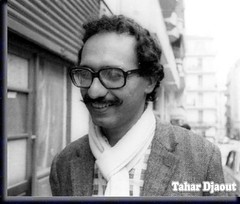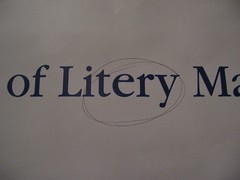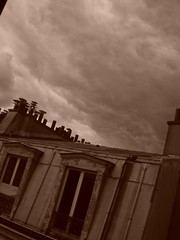On the second morning of last weekend’s writers’ retreat, I woke up thinking about A.’s missing paragraph. The one that got lost before it was written into the poem she read on Saturday.
How had she known it was supposed to be there in the first place, I wondered.
A. has a kind of serenity about her that is so palpable, so present that it seems to walk beside her. “I gotta get me some of that,” I whispered, watching her.
You don’t have to be around A. for long to understand that she sits atop a mountain of knowledge: for example, she cycles easily through Sanskrit terms, playing with them in her free writes.
Who was she, I wanted to know. So, after she alluded to her relationship to “radical feminism” for the second time, I asked simply: what do you mean? The oral history of mothers and foremothers that poured out of her in response should have come as no surprise. Still, it was impressive.
It was the story of mentorship, sketched out hastily, as if she feared boring or alienating her audience. Then she told of strife and division, of women uniting into Utopian communities, then dividing and falling apart. I’m surprised to hear among these comers and goers the names of women whose work I love or whose writings now form part of a feminist canon.
To me these women are history, to A. they are her personal past and, in some cases, her personal pain.
What happened? How did it come to that?
I think about her missing paragraph.
Would those absent words have provided a bridge? Or somehow prevented the fragmentation that A. told of? Or would it simply provide an explanation, changing nothing, merely a headstone of sorts, a burial site marker? Could it have been otherwise?
I don’t know. I haven’t known how to start to know, so when she speaks her history, my ears open wide.
I think about the missing paragraph.
[Photo: cavale]










